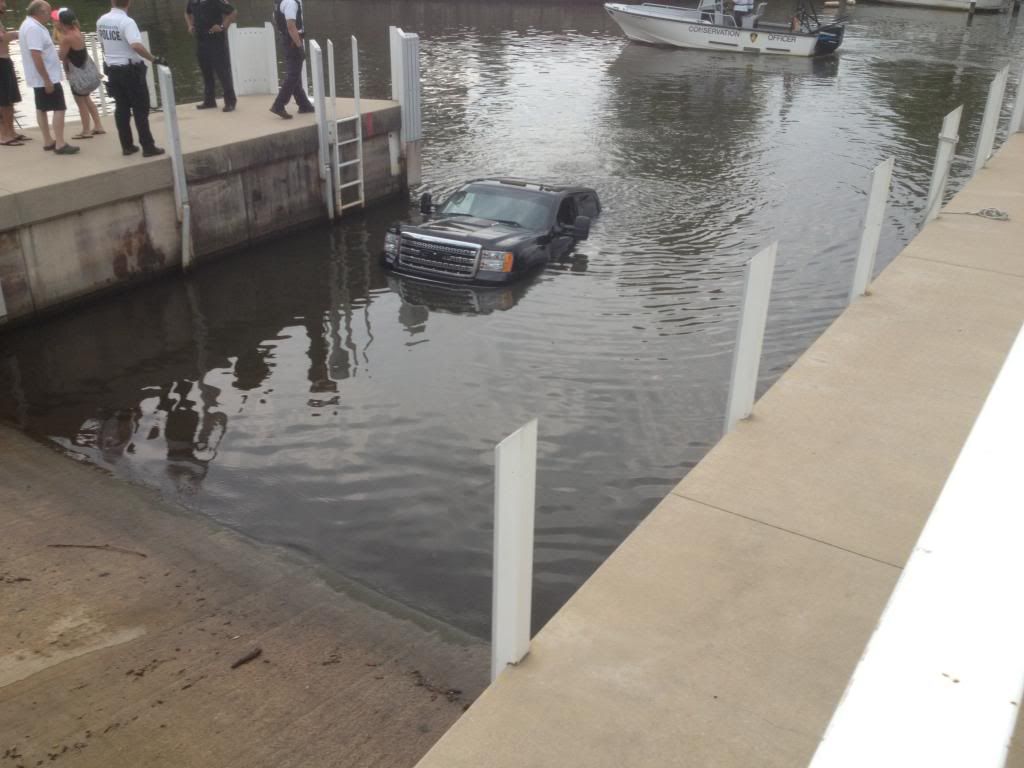LakerMatt
New Member
- Sep 9, 2013
- 30
- Boat Info
- 1985 Searay Sundancer 260. TRYING to pull with a 2007 ford Expedition!!
- Engines
- Mercruiser 260 5.7 litre
Hi all. Just picked up a 1985 searay sundancer 260, and was wondering about my towing vehicle. I looked uo.the spec for this boat, and it says dry weight is 5150 lbs. I figure with the trailer i should be 6600 lbs?? My expedition is rated at a maximum 9200 lbs. You think i will be ok? The guy i bought this boat from put 8 lug axles on it with 12" drum brakes on all four wheels. Looking to run all electric braking system. I am just worried about if this ford can cut the mustard!!! Dont want to go look for a tow vehicle.... : (



